
Ken Snider Memorial Museum
The Ken Snider Memorial Museum was founded in 1998 by Ken Snider, a Legion member, philanthropist, and local business owner. At that time, the museum housed only the 1942 Chevrolet truck (which he had had restored) and a collection of about 100 other artifacts. Due to donations from Legion members and the Midland community, the museum now holds over 1000 artifacts, models, photographs, and information, exhibiting the history of the Midland area and those who served in the First World War, the Second World War, Korea, and conflicts since (the most recent addition is a Canadian Forces uniform worn in Afghanistan).
The museum houses the largest collection of World War One and World War Two artifacts open to the general public in the North Simcoe Area. The collection is rapidly expanding, with new pieces being donated regularly by community members. Located at the Midland Legion but close to downtown Midland and the waterfront, the museum receives hundreds of visitors per year. Admission is free, but donations to the Midland Legion are welcome; hours are posted on the Branch 80 website. The museum is curated on a volunteer basis by Daniel Travers, PhD, a Legion member and professional historian specializing in the Second World War.
The Museum (located behind the Howitzer near Branch 80) will be opening each week in July and August.
Hours for 2022/2023: Open by appointment
(email us for an appointment)
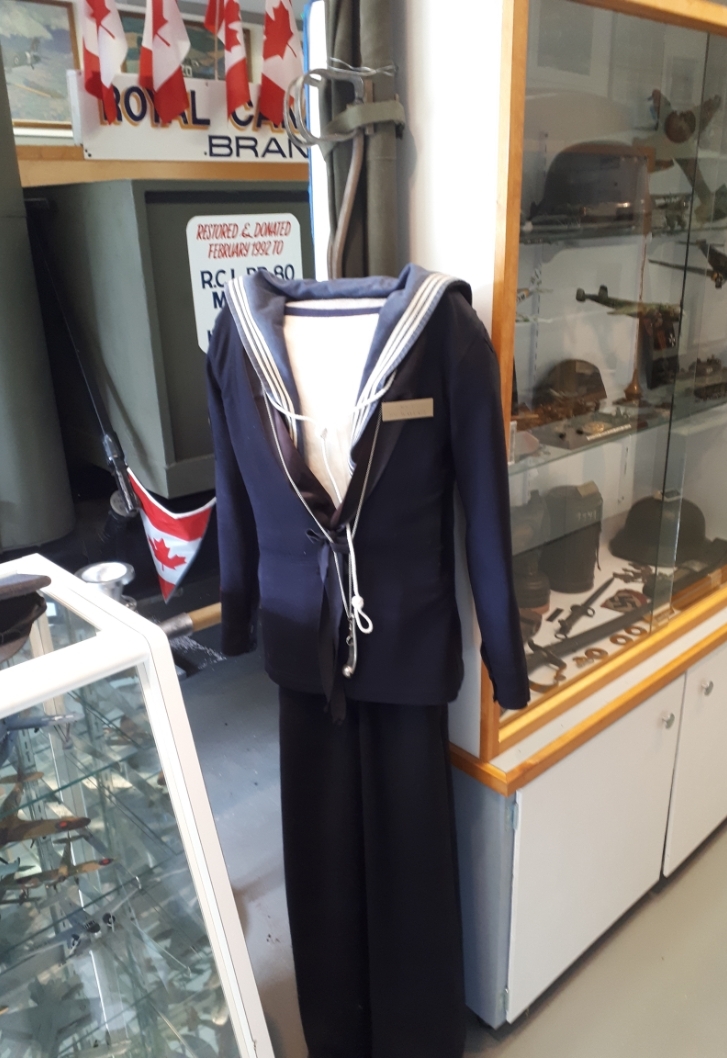
Featured Exhibits
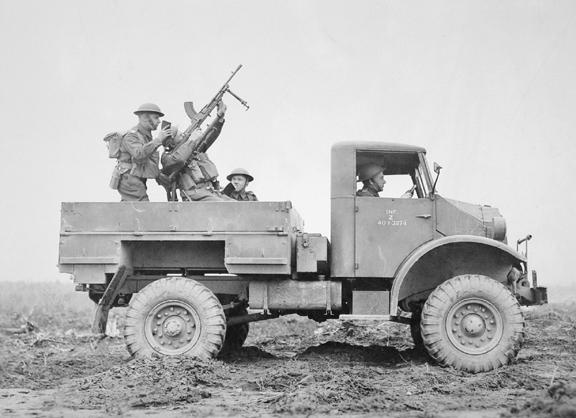
The “Chevy” Truck
The 1942 Chevrolet Canadian Military Pattern 1500 weight pickup truck is the highlight of the Ken Snider Memorial Museum. Built in Oshawa, Ontario, the truck was one of over 500,000 built in Canada for export to the United Kingdom as part of Canada’s contribution to the war effort. It is in working condition and regularly participates in Legion events within the community at events and parades.
This particular truck was used as a training vehicle at Base Borden, and later to haul logs, before being abandoned. In the mid-1980s it was purchased and restored by Ken Snider, and donated to the Midland Legion. There are only four other such vehicles (with type 11 cab) in Canada (as known to the curator), which make this vehicle an important part of Canadian history.
WWI Canteen worn by G. Nesbitt
This canteen was worn by Bombardier Gilmour Nesbitt at Mons during the last days of the First World War in 1918. Nesbitt was a Midland resident who made the newspapers around the world when he rescued a Belgian child from the ruins of a home shelled by German artillery. The child’s mother was killed in the raid, and the child herself received a wound to the head.
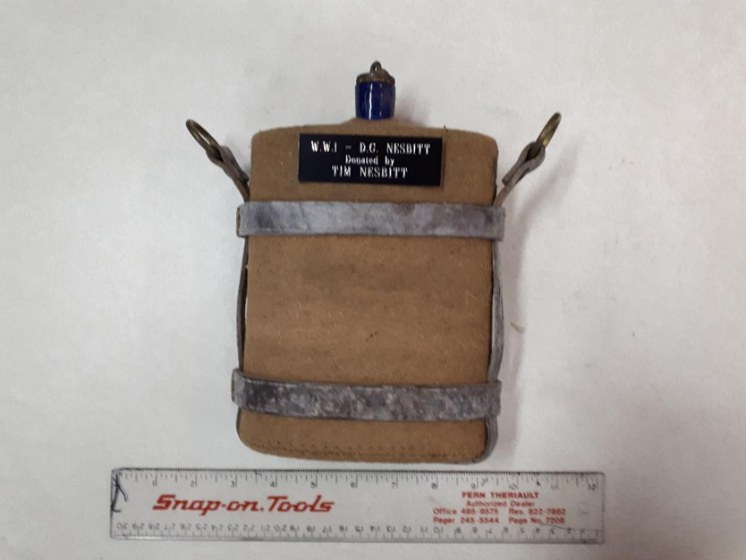
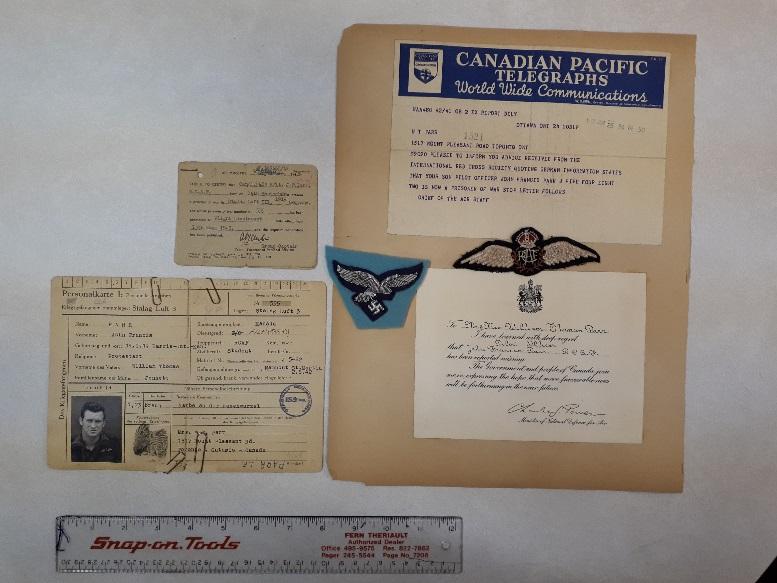
The “Jack Parr Collection”
Pilot Officer Jack Parr was an officer in the RCAF during the Second World War. Shot down over Le Touquet, France, in June 1942, he became a Prisoner of War in German custody. Interned in Stalag Luft III from 1943 to 1945 (the “Great Escape” occurred in April 1944), he was eventually forced-marched in Gestapo custody during the last few days of the war. The Ken Snider Museum possesses his pilot uniform, his documents, photographs, as well as his own letters (written after his captivity) about his treatment
in German hands. Over a dozen pieces in total,
the image to the right is a small selection.
1916 Pattern Stahlhelm
This steel helmet was donated to the Legion by Ernest Belanger. Believed to be captured from a German POW at Hill 70 in August 1917, the helmet remained in the possession of the Belanger family for many years until donated to Branch 80.
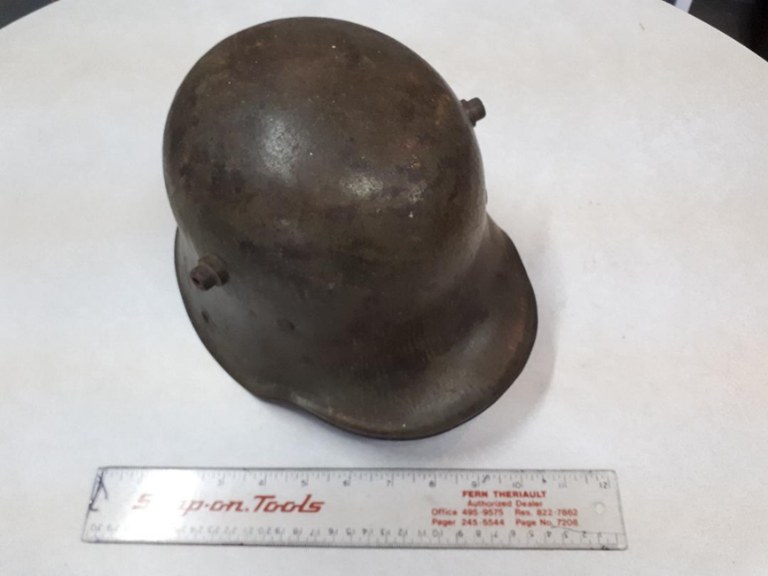

Nazi DAF Flag
One of the most interesting pieces in the museum is a Nazi DAF flag (Deutsche Arbeitsfront – German Labour Front). Captured by Jack Parr and his flight crew in 1942. It has been placed in an appropriate location along with a photograph of its capture.
WWI Sergeant’s Uniform
This uniform was worn by a member of the 38th Battalion CEF during World War One. The 38th was mobilized in Ottawa and arrived in France in the Summer of 1916.

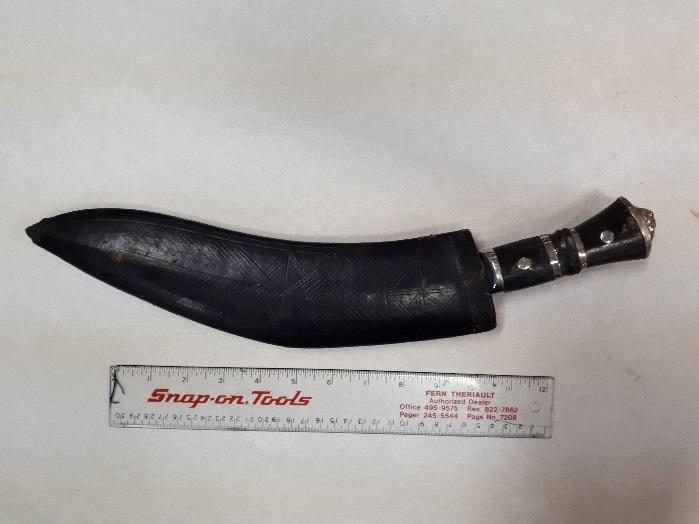
Khukuri Knife
This Khukuri (or Kuri) knife belonged to Ronald Claricoates. Claricoates was part of the Royal Rifles of Canada and had been stationed in Hong Kong for less than three weeks when the Japanese attacked. Surrendering on Christmas 1941, Claricoates spent the rest of the war in a Prisoner of War camp on the Chinese mainland. This knife was obtained by him after his release in 1945.
Mine Detector Set AN/PRS1
This is a complete World War Two Mine detection set. Donated by the Marchildon family, this set was used by Canadian Engineers in France from shortly after D-Day, 1944 to the end of the war in 1945. These items are extremely rare to find as complete as this particular exhibit.
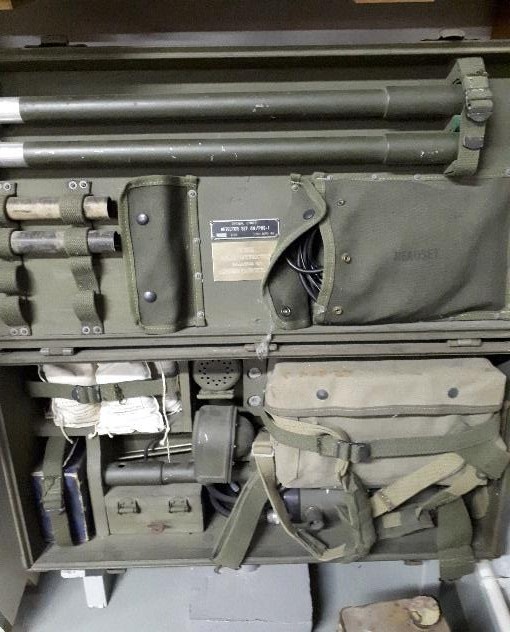
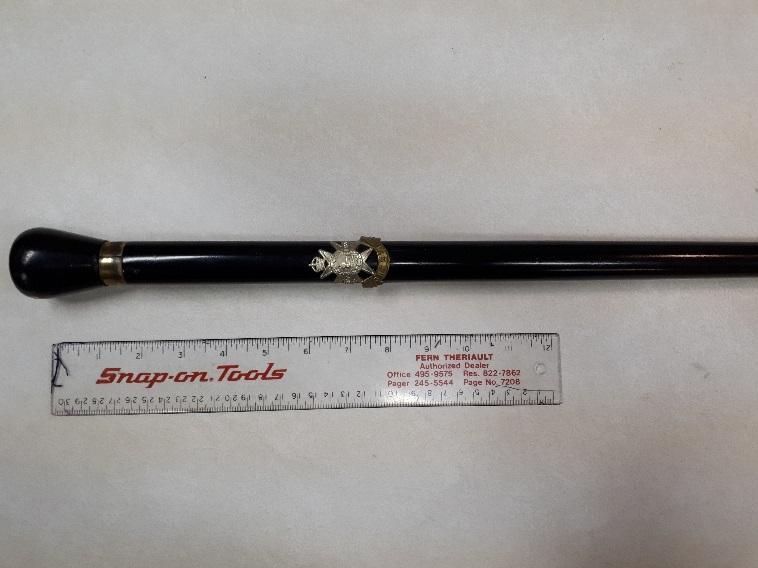
Regimental Pace Stick
The Grey and Simcoe Foresters Regiment, now based solely in Barrie and Owen Sound, paraded in Midland until the early 1960s (as well as Burks Falls, Parry Sound, Penetanguishene, Orillia, and Collingwood). This pace stick forms part of a collection of artifacts, photographs, and other memorabilia related to the Midland contingent of the Regiment, handed over when the unit shrank in the late 1960s.
World War I and II firearms
The museum exhibits over two dozen firearms, PIAT bombs, mortar rounds, hand grenades, artillery shells, and other weapons of war, donated by Legion members or members of the community. All have been deactivated.

